

Komeda, Komeda...(2012)
A feature- length documentary on the life and work of jazz musician and composer Krzysztof Komeda.
Movie: Komeda, Komeda...
Top 4 Billed Cast
Self (archive footage)
Self

Komeda, Komeda...
HomePage
Overview
A feature- length documentary on the life and work of jazz musician and composer Krzysztof Komeda.
Release Date
2012-09-28
Average
0
Rating:
0.0 startsTagline
Genres
Languages:
EnglishPolskiKeywords
Similar Movies
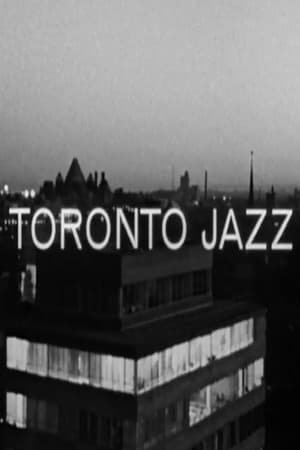 6.0
6.0Toronto Jazz(en)
Toronto is regarded as the third largest jazz centre in North America. This film features a cross-section of jazz bands of that city: the Lenny Breau Trio, the Don Thompson Quintet and the Alf Jones Quartet. Their styles show creative self-expression, hard work, and improvisation.
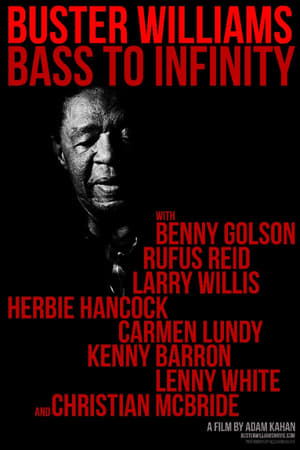 0.0
0.0Buster Williams Bass to Infinity(en)
Imagine hanging out with Charlie Parker and Dizzy Gillespie, hearing them jam together, trading riffs, then riffing with words and trading stories. Bird and Diz are gone, but giants still walk among us. One of those giants is Buster Williams. Buster has played with everyone - Miles, Sarah Vaughan, Nancy Wilson, Art Blakey, and on. In this intimate portrait, Buster trades stories, and plays, with some of the world's greatest musicians - Benny Golson, Herbie Hancock, Christian McBride and others, and takes us on a journey through his life, legacy, and America's greatest art form - the truly universal music called Jazz.
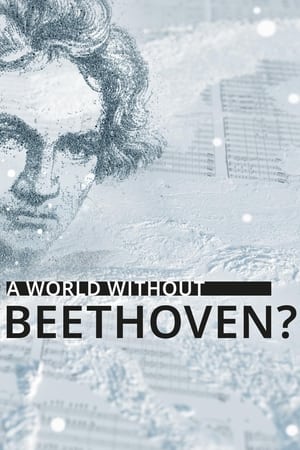 7.7
7.7A World Without Beethoven?(en)
"What would the world be like without Beethoven?" That’s the provocative question posed by this music documentary from Deutsche Welle. To answer it, the film explores how Ludwig van Beethoven's innovations continue to have an impact far beyond the boundaries of classical music, 250 years after his birth.
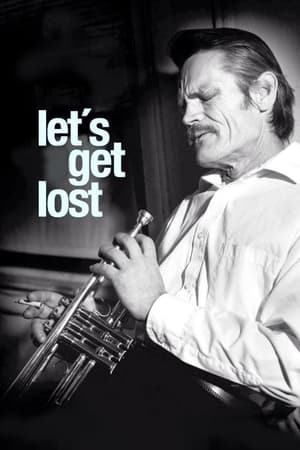 7.1
7.1Let's Get Lost(en)
Documentary about jazz great Chet Baker that intercuts footage from the 1950s, when he was part of West Coast Cool, and from his last years. We see the young Baker, he of the beautiful face, in California and in Italy, where he appeared in at least one movie and at least one jail cell (for drug possession). And, we see the aged Baker, detached, indifferent, his face a ruin. Includes interviews with his children and ex-wife, women companions, and musicians.
 4.3
4.3Nice Girls Don't Stay for Breakfast(en)
In the late 1990s, iconic photographer Bruce Weber barely managed to convince legendary actor Robert Mitchum (1917-97) to let himself be filmed simply hanging out with friends, telling anecdotes from his life and recording jazz standards.
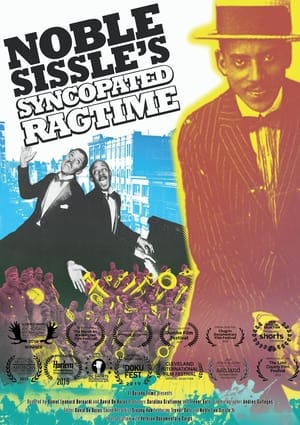 0.0
0.0Noble Sissle's Syncopated Ragtime(en)
Combining footage unseen since WWI with original scores from the era, this film tells the story of Noble Sissle's incredible journey that spans "The Harlem Hellfighters" of World War I, Broadway Theatre, the Civil Rights movement, and decades of Black cultural development.
 8.3
8.3Jazz: The Only Way of Life(en)
Dizzy Gillespie is one of the major figures of the 20th Century's music scene. Everything was once said or written about this genius musician, founder of the Bebop. Whereas his public life is known from most, many ignore about the modest side of his character and the story of his long and deep friendship with a man rather unknown from the general public, the Swiss engineer Jacques Muyal. Through previously unrevealed archives as well as musical extracts, this documentary explores the story of the friendship between a genius trumpeter and a man crazy about Jazz.
 7.2
7.2Blue Note - A Story of Modern Jazz(en)
"It must schwing!" was the motto of Alfred Lion and Francis Wolff, two German Jewish immigrants who in 1939 set up Blue Note Records, the jazz label that was home to such greats as Miles Davis, John Coltrane, Herbie Hancock, Thelonious Monk, Art Blakey, Dexter Gordon and Sonny Rollins. Blue Note, the most successful movie ever made about jazz, is a testimony to the passion and vision of these two men and certainly swings like the propulsive sounds that made their label so famous.
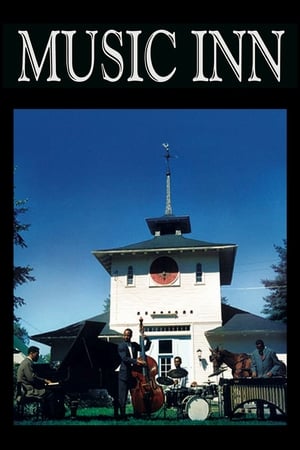 0.0
0.0Music Inn(en)
During a decade rife with paranoia, in the middle of the McCarthy era, Music Inn was a bold experiment. Halfway between the Second World War and The Civil Rights Movement, Phil and Stephanie Barber created an oasis in the Berkshire Hills in Western Massachusetts where aspiring musicians came to learn from the very best. Students and faculty, young and old, rich and poor, white, black, and brown convened together and learned from each other. Defying the surrounding environment, Music Inn harbored a racial and cultural harmony where music was all that mattered.
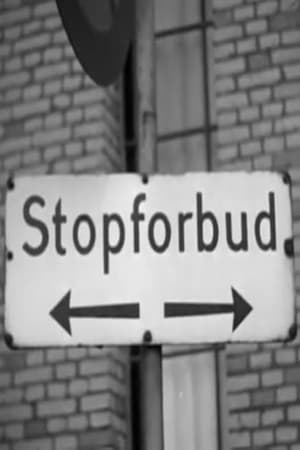 6.6
6.6Stop for Bud(da)
Stop for Bud is Jørgen Leth's first film and the first in his long collaboration with Ole John. […] they wanted to "blow up cinematic conventions and invent cinematic language from scratch". The jazz pianist Bud Powell moves around Copenhagen -- through King's Garden, along the quay at Kalkbrænderihavnen, across a waste dump. […] Bud is alone, accompanied only by his music. […] Image and sound are two different things -- that's Leth's and John's principle. Dexter Gordon, the narrator, tells stories about Powell's famous left hand. In an obituary for Powell, dated 3 August 1966, Leth wrote: "He quite willingly, or better still, unresistingly, mechanically, let himself be directed. The film attempts to depict his strange duality about his surroundings. His touch on the keys was like he was burning his fingers -- that's what it looked like, and that's how it sounded. But outside his playing, and often right in the middle of it, too, he was simply gone, not there."
 6.7
6.7Bill Evans Time Remembered(en)
A biographical film featuring the music and times of Bill Evans with interviews from Tony Bennett, Jack Dejohnette, Billy Taylor, Paul Motian, Jon Hendricks, Orin Keepnews, Bobby Brookmeyer, Pat Evans and more, including family and friends who knew Bill Evans well.
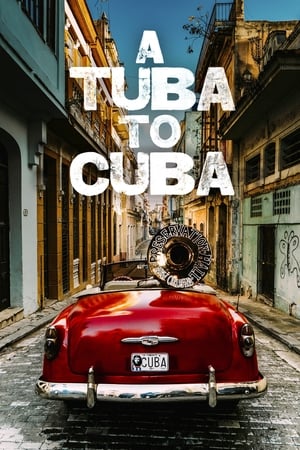 6.6
6.6A Tuba To Cuba(en)
A son seeking to fulfill his late father’s dream takes his band from the storied city of New Orleans to the shores of Cuba, where — through the universal language of music — dark and ancient connections between their peoples reveal the roots of jazz.
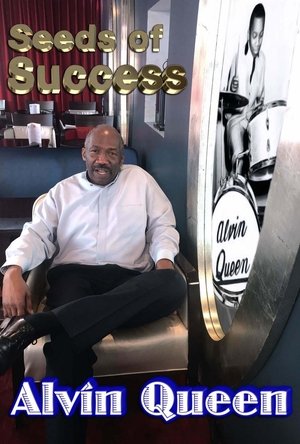 0.0
0.0Seeds of Success - Alvin Queen(en)
Alvin Queen is one of the best jazz drummers of all time. A child prodigy, he played with the greatest masters (Oscar Peterson, Dizzy Gillespie, Dexter Gordon, Pharaoh Sanders... ) He is also a very nice person who has a lot of wisdom to transmit. He shows it beautifully in this first episode of "Seeds of Success".
 0.0
0.0Don't Fall in Love with Yourself(en)
A documentary about the life and music of Justin Pearson. An enigmatic underground musician and owner of Three One G records.
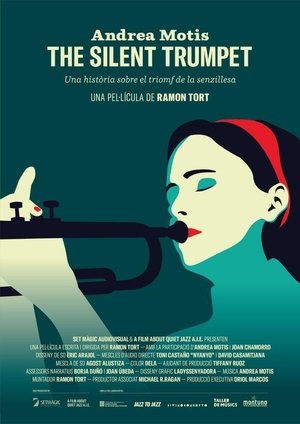 2.0
2.0Andrea Motis, The Silent Trumpet(es)
This film by director Ramon Tort documents a unique moment in the life and career of Andrea Motis: the months preceding the recording of her first album in New York as well as what followed. A time filled with changes and emotions; from leaving her parents’ home for the first time and start living by herself to embarking in a world tour that would take her to places like Japan, United States, Asia and Europe. A crucial time in a young woman's life, who is about to make the big leap…, but is she interested in success or fame? Andrea is not a conventional artist. She lives in the moment, enjoying the small things in life, every day in the most simplest way possible… An entire magical process that can only be understood through her music.
 6.0
6.0Sonic Mirror(en)
The multi-award-winning Finnish documentarian Mika Kaurismäki, brother of Aki Kaurismäki (The Man Without a Past), helms the nonfiction work Sonic Mirror -- a protracted exploration of rhythm as one of life's driving forces. Revered drummer Billy Cobham serves as host, taking the audience on a long musical journey around the world and through a myriad of musical genres and styles. Cobham, Kaurismäki, and co. segue from Western concert halls and stages to the music of African tribes performed by Brazilian street children to the distinct music of autistic patients. Along the way, the filmmakers raise serious questions about the function of music as an identifying force, a means of communication, and an emotional release; they also probe the enduring connections between group awareness and self-awareness. The film ultimately builds to a hugely affirming and cathartic expression of music as collective expression that unifies its performers in spirit.
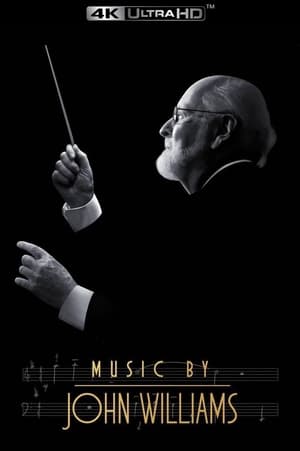 8.1
8.1Music by John Williams(en)
His unforgettable scores are an essential part of some of the most beloved movies of our time, over a career that spans decades. See and hear maestro John Williams' own story, with insights from filmmakers, musicians, and others he has inspired, complete with rare behind-the-scenes looks at the making of movie history.
Bird Now(en)
A music documentary about jazz saxophonist Charlie Parker, with Chan Parker, Bill Miles, Dizzy Gillespie, Walter Bishop Jr, Sheila Jordan, George Wein, Bruce Ricker, Earl Coleman, Doris Parker, Roy Haynes, Tommy Potter, Lester Bowie, Jimmy Slyde, Santi Debriano, Henry Threadfill Sextet, Olu Dara, Charles Austin Trio, Paul McIsaac, Jacqui Casto, Steve Ben, Israel, Leroy Williams, Billie Holiday, Ben Webster, Lester Young, Coleman Hawkins.
 6.3
6.3Sun Ra: A Joyful Noise(en)
Robert Mugge filmed jazz great Sun Ra on location in Philadelphia, Baltimore, and Washington, D.C. between 1978 and 1980. The resulting 60-minute film includes multiple public and private performances, poetry readings, a band rehearsal, interviews, and extensive improvisations. Transferred to HD from the original 16mm film and lovingly restored for the best possible viewing experience.
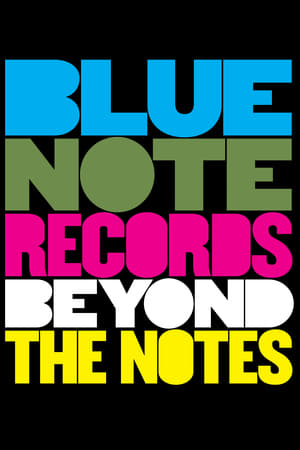 6.9
6.9Blue Note Records: Beyond the Notes(en)
Explore the vision behind the iconic American jazz record label. Since 1939, Blue Note artists have been encouraged to push creative boundaries in search of uncompromising expressions. Through current recording sessions, rare archive and conversations with iconic Blue Note artists, the film reveals an intimate perspective of a legacy that continues to be vital in today’s political climate.

